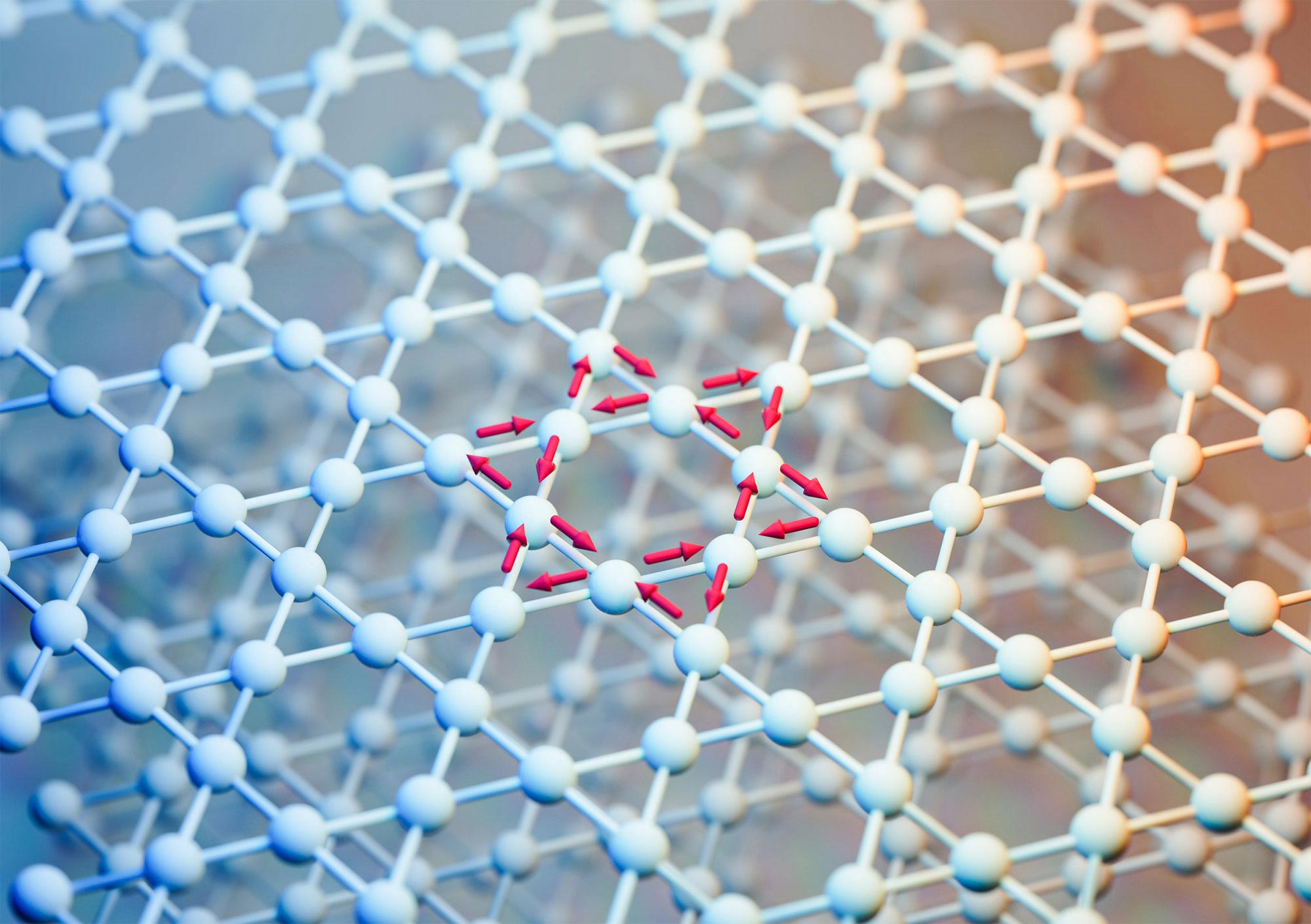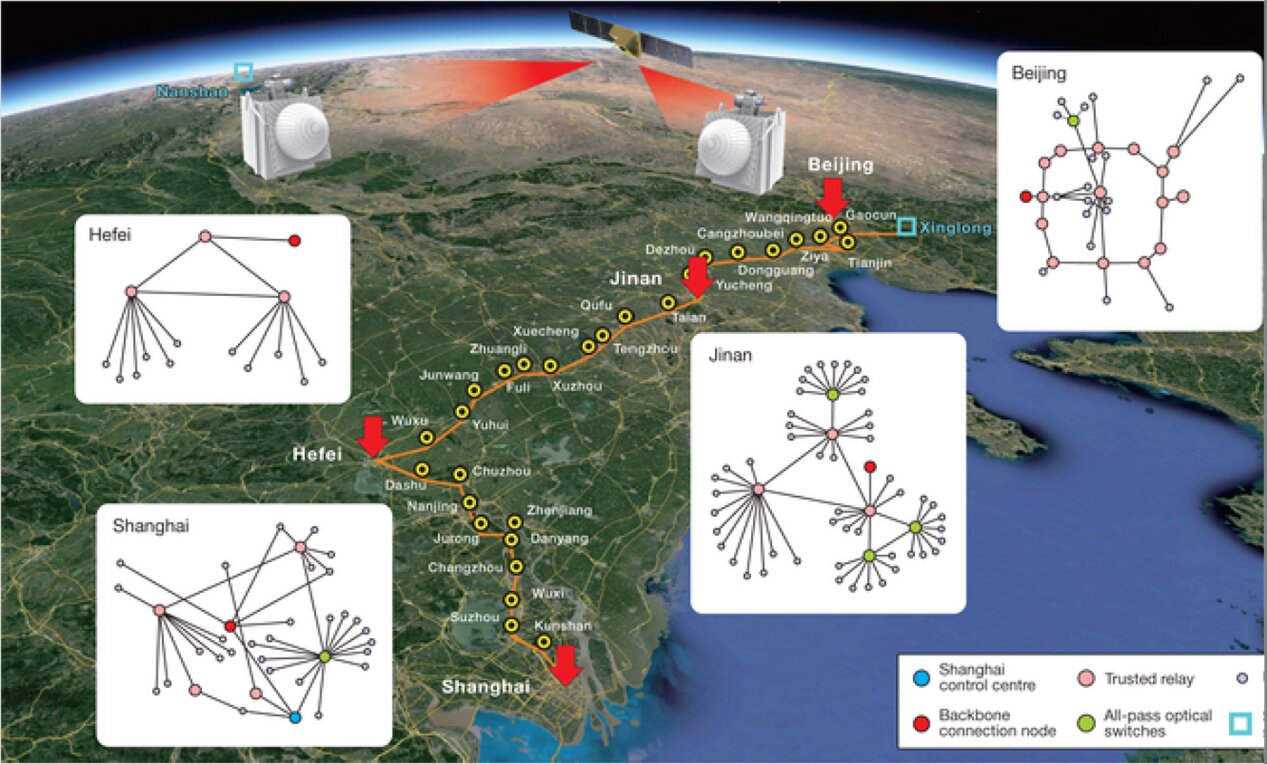In the past four years scientists have discovered metals whose crystal structure mimics that of a traditional Japanese woven bamboo pattern: kagome metals. The international research activity in this new direction of quantum materials has recently reached a new climax: an international team of physicists has discovered that the underlying kagome lattice structure induces the joint appearance of intricate quantum phenomena which can lead to an unprecedented type of superconductivity.
A kagome pattern is composed of three shifted regular triangular lattices. As a result, the kagome lattice is a regular pattern composed of stars of David. It is a common Japanese basket pattern which is where its name derives from. In condensed matter physics, materials crystallizing in a kagome lattice have first gained significant attention in the early 90’s. Until 2018, when FeSn as the first kagome metal was found, correlated electronic states in kagome materials had typically been conceived as being generically insulating, and triggered a predominant research focus on magnetic frustrations.
A research team led by the Paul Scherrer Institute (Schweiz) has now achieved a new discoveryin kagome metals. In the compound KV3Sb5, they observed the simultaneous appearance of several intricate quantum phenomena, culminating in a superconducting phase with broken time reversal symmetry.
The demonstration of this new type of superconductivity in the kagome metals will further fuel the worldwide research boom in quantum physics.
The study has been published in Nature.



